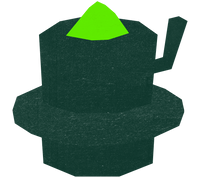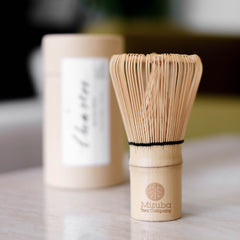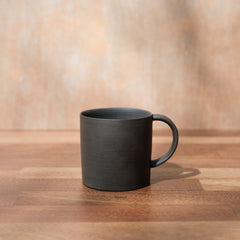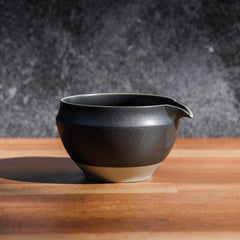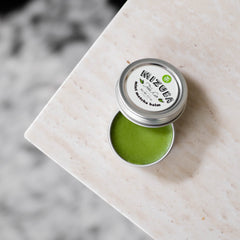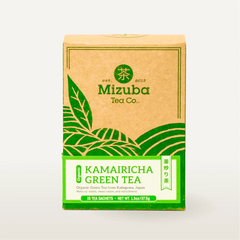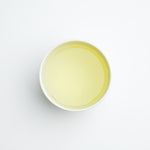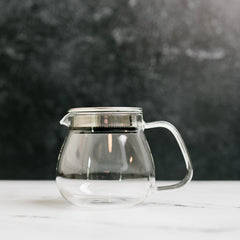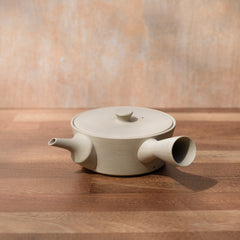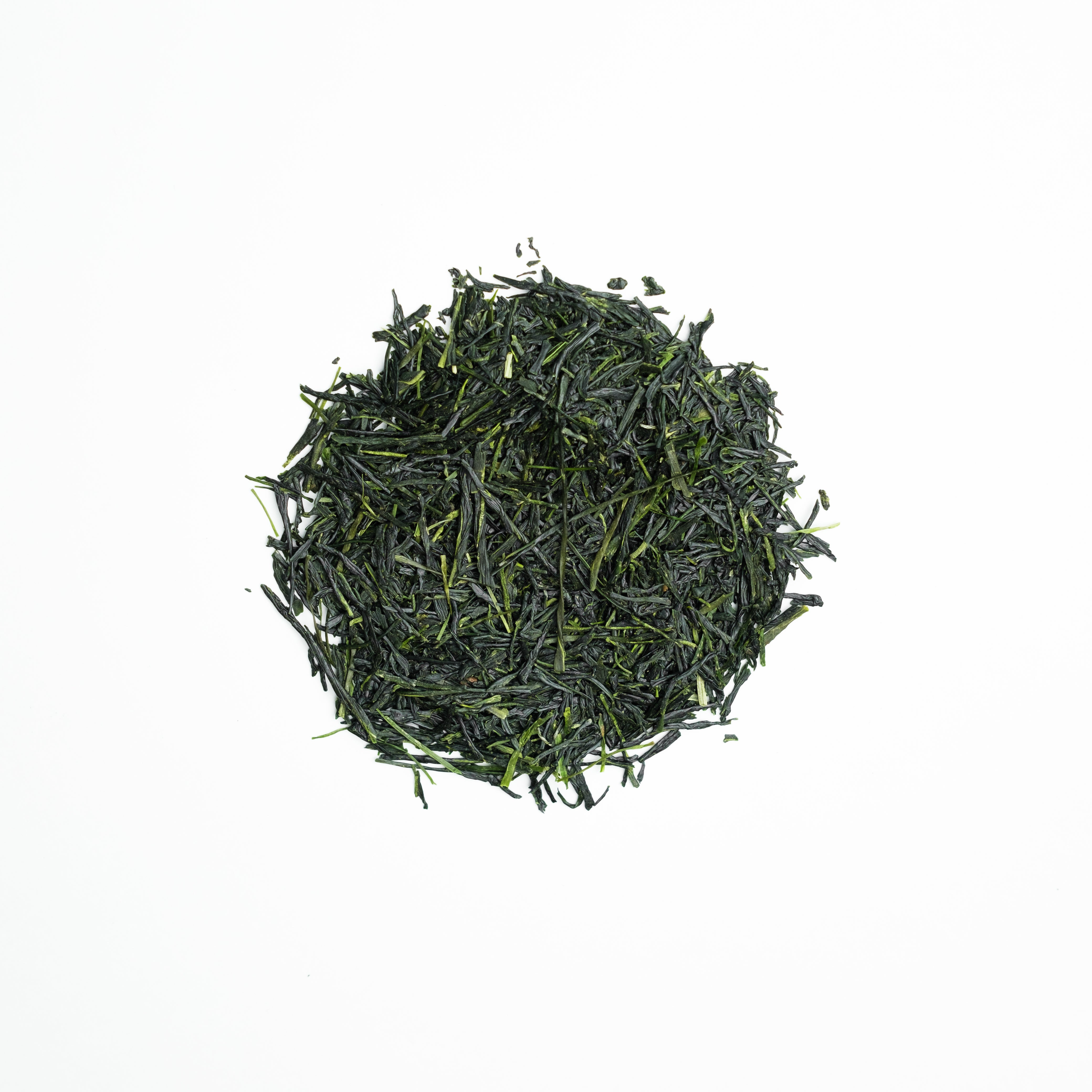

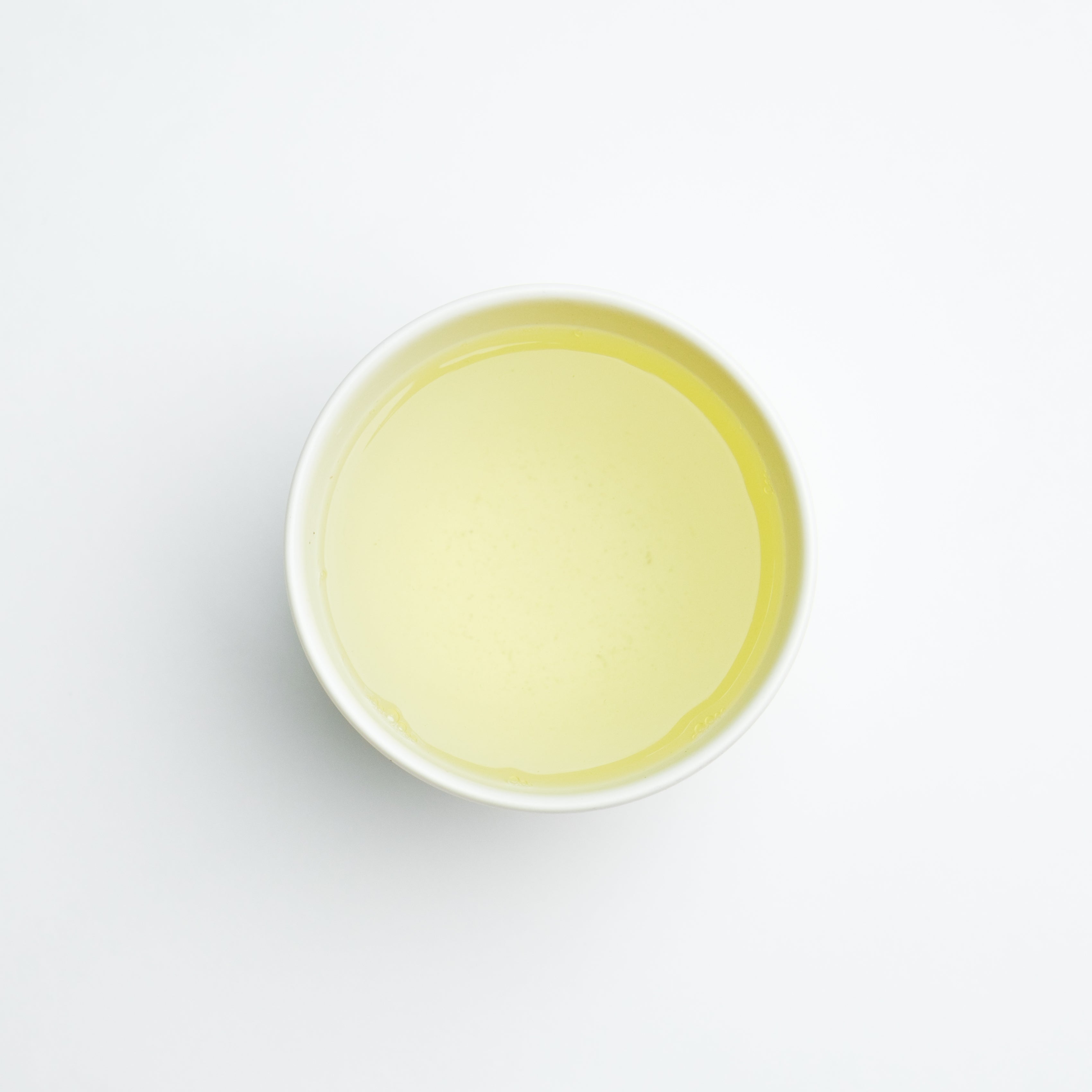
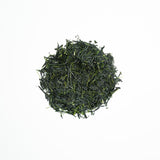


Kabusecha Okumidori
- Description
- Tasting Notes
While the Mizuba collection features a variety of sencha, this offering is a shaded sencha that is its own style and category: kabusecha.
The secret to Kabusecha Okumidori’s (かぶせ茶 おくみどり) incredible flavor is in the name itself. Kabusecha is a style of sencha where tea leaves are shaded prior to harvest — a process that results in deeply verdant leaves and higher levels of sweet-tasting L-theanine. You can think of this particular style as tasting halfway between sencha and gyokuro.
Mizuba’s offering in particular is shaded for about 15 days in Minami Yamashiro, Kyoto Prefecture. Okumidori is the name of the cultivar (or “cultivated variety”). The Okumidori cultivar flushes its new leaves a little later in the Spring season and is prized for its fragrant aromatics. The end result is a well-balanced cup with vibrant umami tones — a tea that transports the drinker directly to the fields of Japan!

What is Sencha?
Sencha is the most ubiquitous tea found in Japan, but for good reason — it exemplifies the one-of-a-kind umami flavor that epitomizes the heart of Japanese taste. Sencha illustrates the harmonious balance of sweetness, astringency, umami, and bitterness. Even its translation hints at its ubiquity: "sen" means "to infuse" while "cha" means "tea," so sencha in totality translates to "brewing tea." Invented in the 18th century in Uji, Japan by Soen Nagatani, the tea leaves are dried, steamed, and rolled into their characteristic needle shape. A fairly versatile tea, sencha can be brewed & enjoyed in a myriad of ways depending on personal preference.
Make Iced Tea: Our sencha is great for both slow ice-steeping and cold brewing.
Aroma: showcases a sweet aroma followed by refreshing, fruity notes.
Flavor profile: the brew is an incredibly rich, yet refreshing tea with sweet umami and a balanced, syrupy body.
Store in a cool, dark location. Best consumed within 3 months.
Kabusecha Okumidori
Brew Guide

180ml (6oz)

6g (2tsp)

160º-175ºF

1-2 minutes
Tea Details:
Location: Minami Yamashiro, Kyoto Prefecture
Harvest season: Early Spring
Cultivar: Okumidori!
Process: the leaves are shaded for 15 days. Once the first flush (shincha / ichibancha) is ready to harvest in the spring, the leaves are diligently gathered — most often, this will be the bud with 2 or 3 leaves of new growth. To create our sencha, the leaves are steamed, dried, cooled, rolled into shape, sorted, and then rolled a final time.
History of Okumidori Cultivar:
Okumidori was officially registered as a cultivar by the National Institute of Vegetable and Tea Science in Kanaya in 1974 as a crossbreed between Yabukita and Zairai (a native tea cultivar). In the field, Okumidori flushes a little later in the spring season about 11 days after the main Yabukita flush.
Why are cultivars important? Tea farmers learned how to preserve favorable characteristics of tea plants and propagate the cuttings to become the cultivars we know today. Characteristics in tea that farmers might try to preserve include what time in the season the plant buds (early, in the middle of spring, later in the year like Okumidori, etc), how hardy and resilient the plant is to a particular climate, and of course, what it tastes like. The key is to preserve a tea plant that is "stable" and reliable in what the producer wants to grow year after year. Okumidori is a high-yield tea, making it attractive to farmers. As the Okumidori cultivar resists well to damaging spring frosts and cold temperatures, it became popular with farmers who wanted to extend their main tea harvest past the yabukita harvest. But of course, people love it now for its excellent flavor!
Okumidori was originally developed to produce sencha, but it is now also used to craft gyokuro and matcha. Okumidori accounts for about 3% of tea production today, and features deeply verdant, upright leaves that are a bit smaller than the yabukita leaf. The tea produces a pure green liquor when brewed. If you're looking for a refreshing, easy drinker with little astringency, Okumidori will be your go-to!
- Related products
- Recently viewed
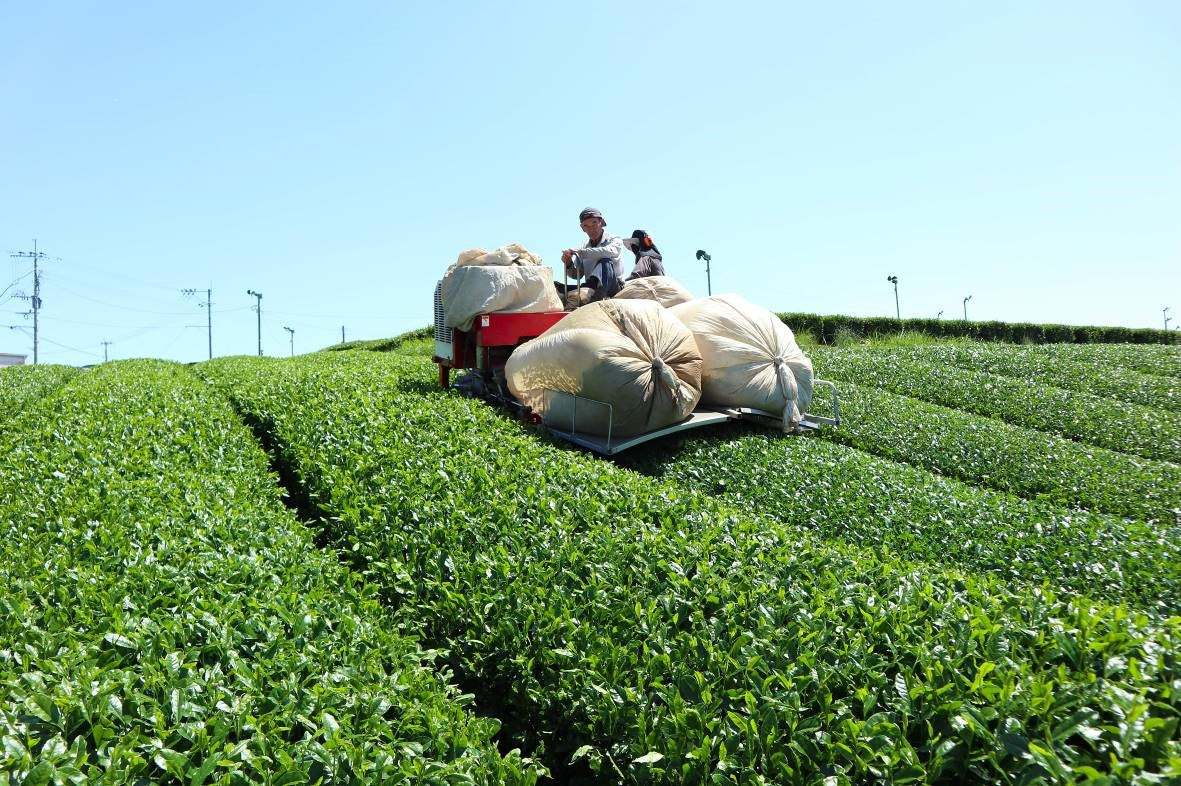
Featured post
A Guide to Harvesting Tea Leaves: An Essential Process in Japanese Green Tea
As with all processes in crafting Japanese green tea, harvesting tea leaves is an intricate skill that takes years to master. Much of the year is dedicated to the elaborate...
